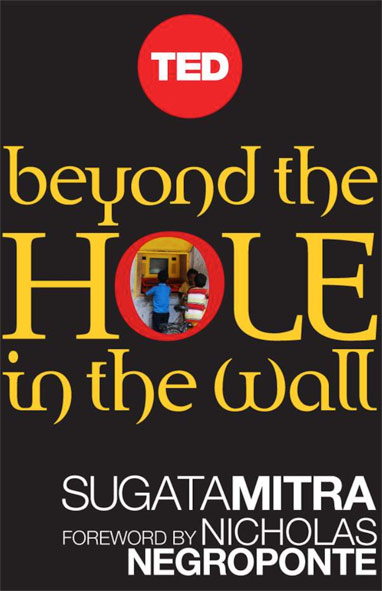Featured Book
Beyond the Hole in the Wall
Discover the Power of Self-Organized Learning
Sugata Mitra
Kindle edition 2012
As every parent knows, children seem to have little difficulty in figuring out various digital devices, and we all know that they are natural born learners. Sugata Mitra’s now famous experiments have shone light on the immense capacities that children have for learning in self-composed and self-regulated groups.
Originally, Mitra was looking for a way to educate children in India’s poor remote areas, despite the lack of good teachers. Along the way he demonstrated what is perhaps the most powerful consideration in a discussion on education in both the developed and developing world when he asked: “Just how much are children natural learners?” In an exterior wall of his south Delhi office opposite a slum, he installed a computer at the right height for children. Motivated by curiosity and peer interest, they were soon able not only to operate it, but also to teach themselves and each other.
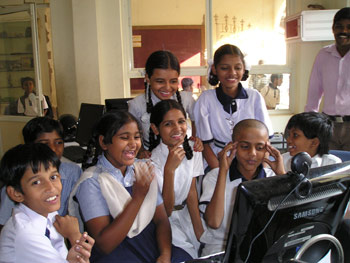
The project grew and Mitra added “The Granny Cloud,” or “eMediators:” Non-threatening volunteer adults are Skyped into the classrooms in India, Colombia, and Mexico. They interact with the children, read stories and discuss their lives. They show photos and talk enthusiastically, admiring and encouraging the students’ work.
His work next evolved into the Self Organized Learning Environment (SOLE), a teaching practice now used in schools around the world. In a SOLE project, the teacher or mediator poses a “Big Question” with no one right answer, composed in a way that sparks children’s curiosity. Children form small self-selected groups around a computer – ideally groups of 4 or 5 – and search for answers.
In a SOLE project, the teacher or mediator poses a “Big Question” with no one right answer, composed in a way that sparks children’s curiosity.
As an example, the teacher/mediator might ask a group of nine year olds “Why does hair grow? Human hair grows longer, and longer and then you have to cut it off. It doesn’t do that on animals. Why?” Because they search and discover the answers themselves, they retain what they learn, and often have read and understood work written for much older audiences. At the end of each session each group presents its findings to the other groups, and at that time the mediators talk with them about what they came up with in ways that help them develop critical and analytical skills.
Because they are working in self-selected groups, their use of the internet does not degenerate to games, cartoons, or insalubrious websites. Instead they tend to keep working to solve the questions asked. Mitra says: “I now believe that groups of children, given the appropriate digital infrastructure, a safe and free environment, and a friendly but not knowledgeable mediator, can pass school-leaving exams on their own.”
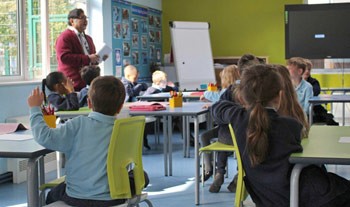
He contends that schools need to reflect the modern workplace, and even examinations should include the internet and other available resources, as well as group collaboration for problem-solving and decision-making. Rather than beautiful handwriting, which is obsolete, or spelling and multiplication which technologies now assist, teachers need to encourage children to come up with ideas and develop analytical and critical skills so they can discern information that is relevant and useful from that which is not. They need to assist children’s research methods and their ability to present their findings coherently to an audience. Learning facts, which can be looked up in a second, rather than attaining a comprehensive view of subjects is no longer appropriate. He points out that when teachers are friends, the curriculum, pedagogy and examinations can be rolled into one, and learning can be forever.
Teachers need to encourage children to come up with ideas and develop analytical and critical skills so they can discern information that is relevant and useful from that which is not.
“Now we need to build SOLEs in every primary school. Teachers need to be trained to design simple questions that will evoke curiosity and interest while gently nudging a group towards the curriculum. Then, they can sit back and admire as learning happens. The teachers have to learn to let go. In the language of physics: ‘Education is a process of self-organisation and learning is its emergent property.’ I continue to try to find the guiding principles of the ‘physics’ of education, but the method is ready for use.”
Mitra has a wonderful way of interacting with young people and a remarkable ability to come up with “big questions,” converting the dull questions that we’ve all faced in the classroom on tests and exams into ones that galvanize children to search for answers. Obviously most teachers will need to spend time developing a similar ability, preparing “big questions” that are relevant and have solutions that build on children’s previous discoveries and learning. Most educators agree that knowledge is incremental and that we can only learn and retain something new when we can base it or attach it to knowledge we already have. Grannies or mediators are unlikely to be able to provide this “scaffolded” learning experience without training.
Key also are the presentations that students make of their findings, at which point the teacher/mediator needs to guide the subsequent discussion, provoke analysis and critical thought. Sally Rix, who is researching how SOLEs transfer into the English Secondary School system, points out that “Praising and challenging are not mutually exclusive. Make sure that students have the chance to fully share their findings in the debrief and encourage them to question each other. While this process should be characterised by praise and encouragement, students can (and should) be asked to justify their answers if they offer inaccurate or incomplete information. Ideally they will challenge each other, but while they are still developing the skills to do this it is beneficial that you model the process for them.”
It’s doubtful that someone with no training would be able to provide this kind of qualitative feedback and guidance. But testimonies from teachers who have been able to apply SOLE ideas in their classrooms successfully report that children are more engaged and that their reading and presentation skills improve. As Mitra says, teachers today “should teach children how to discern the information that they need from the information that they don’t – and that’s a very difficult skill at this time. It has to become mainstream.”
Testimonies from teachers who have been able to apply SOLE ideas in their classrooms successfully report that children are more engaged and that their reading and presentation skills improve.
Mitra is an affective and enthusiastic speaker. Like many “on a mission,” he has a tendency to exaggerate and over-simplify in his lectures, making his claims the subject of much criticism. Nevertheless, his work is a timely reminder to both parents and educators that learning happens in and out of school, that children are natural learners.
As Michal B. Paradowski pointed out in his critique of SOLEs, in today’s classes teachers should “Promote enquiry-based learning: instead of spoon-feeding pupils ready-made answers and expecting them to remember and then regurgitate facts and figures, pose engaging, provocative (cross-curricular) questions that they will want to answer themselves, and let them try to figure them out on their own first. … Be a facilitator, not a lecturer; kindle children’s natural inquisitiveness and drive for discovery.”
There is no doubt that Mitra’s work bears out Immordino-Yang’s recent findings that emotions play a vital role in learning and understanding. Indeed, one of her recommended strategies for teachers to improve students’ emotional basis for learning is “Give students open-ended problems that force them to dig into the definition of the task itself.”
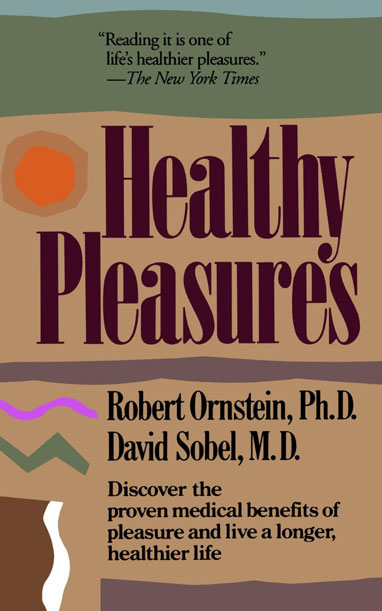
Healthy Pleasures
Robert Ornstein and David Sobel
Imagine a medical treatment that can help lower your blood pressure, decrease your risk for heart disease and cancer, boost your immune function and block pain. It’s safe, inexpensive and readily available. The main side effects include feeling good, an increased sense of well-being and greater self-confidence. Would you take it?
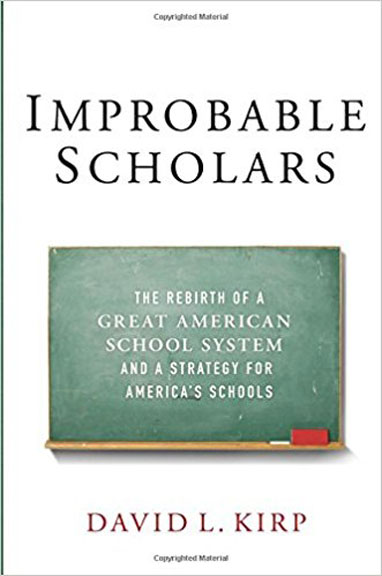
Improbable Scholars
The Rebirth of a Great American School System and a Strategy for America’s Schools
David L. Kirp
How do we determine if our schools are preparing students for a meaningful future in our society and improve the schools that are not living up to those standards? Explores the current crisis in American education and four districts that have made positive changes.
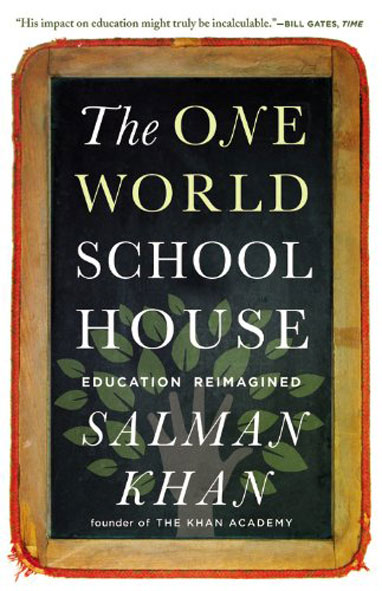
One World Schoolhouse
Education Reimagined
Salman Kahn
There may be a young girl in an African village with the potential to find a cancer cure. A fisherman’s son in New Guinea might have incredible insight into the health of the oceans. By combining the enlightened use of technology with the best teaching practices, we can foster students who are capable of self-directed learning, deep understanding of fundamentals, and creative approaches to real-world problems.
In the series: Health and Education in the Modern World
Further Reading »
External Stories and Videos
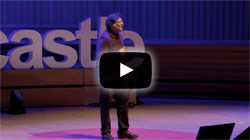
Watch: The Future of Learning
Sugata Mitra, TEDxNewcastle
Almost twenty years of experiments with children’s education takes us through a series of startling results – children can self organise their own learning, they can achieve educational objectives on their own, can read by themselves.

